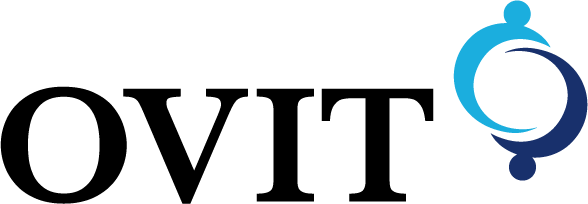operating cost
When considering automated visual inspections, there is considerable consideration of the cost of implementation, but I feel that not much thought has been given to the cost of operation after implementation.
The current "image processing-based" inspection method may reduce the number of visual inspectors, but it still requires image processing technicians.
You may be thinking, "Once you have that set up, why do you need a technician?" You may be thinking, "But why do I need a technician once I have set it up? However, materials change, process conditions change, brightness of lighting changes, and so on... Objects change all the time. Therefore, without image processing technology, it is impossible to operate an automatic inspection system that "makes full use of image processing," and in the end, it is doubtful that it will reduce labor costs.
And we also need to consider the detection capability of automatic inspection equipment.
If there are items that cannot be inspected, they must be visually re-inspected. There is little point in installing an inspection device if it is not possible to detect items that cannot be inspected.
Therefore, it is necessary to conduct strict inspections. In such a case, it is important to determine the percentage of good products. If the good rate is 80%, 20% of the visual inspection cost should be considered.
If the inspection system is already in operation, the cost of operating the inspection system can be calculated. Please try to calculate it once. Is the operating cost larger than the visual inspection cost?
If you continue to operate the equipment forcibly in an attempt to recover the installation cost, the negative impact will become larger and larger. Isn't there a pattern that it is better to stop the operation?

